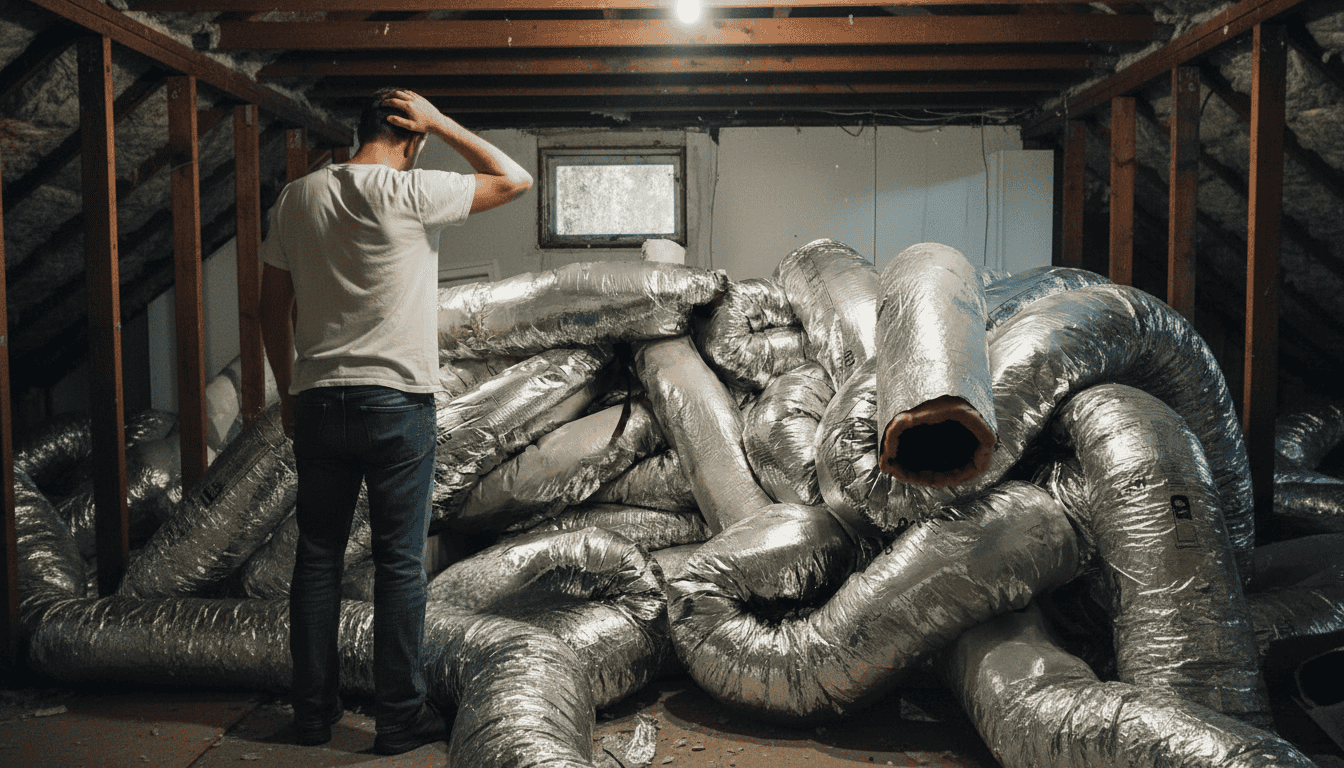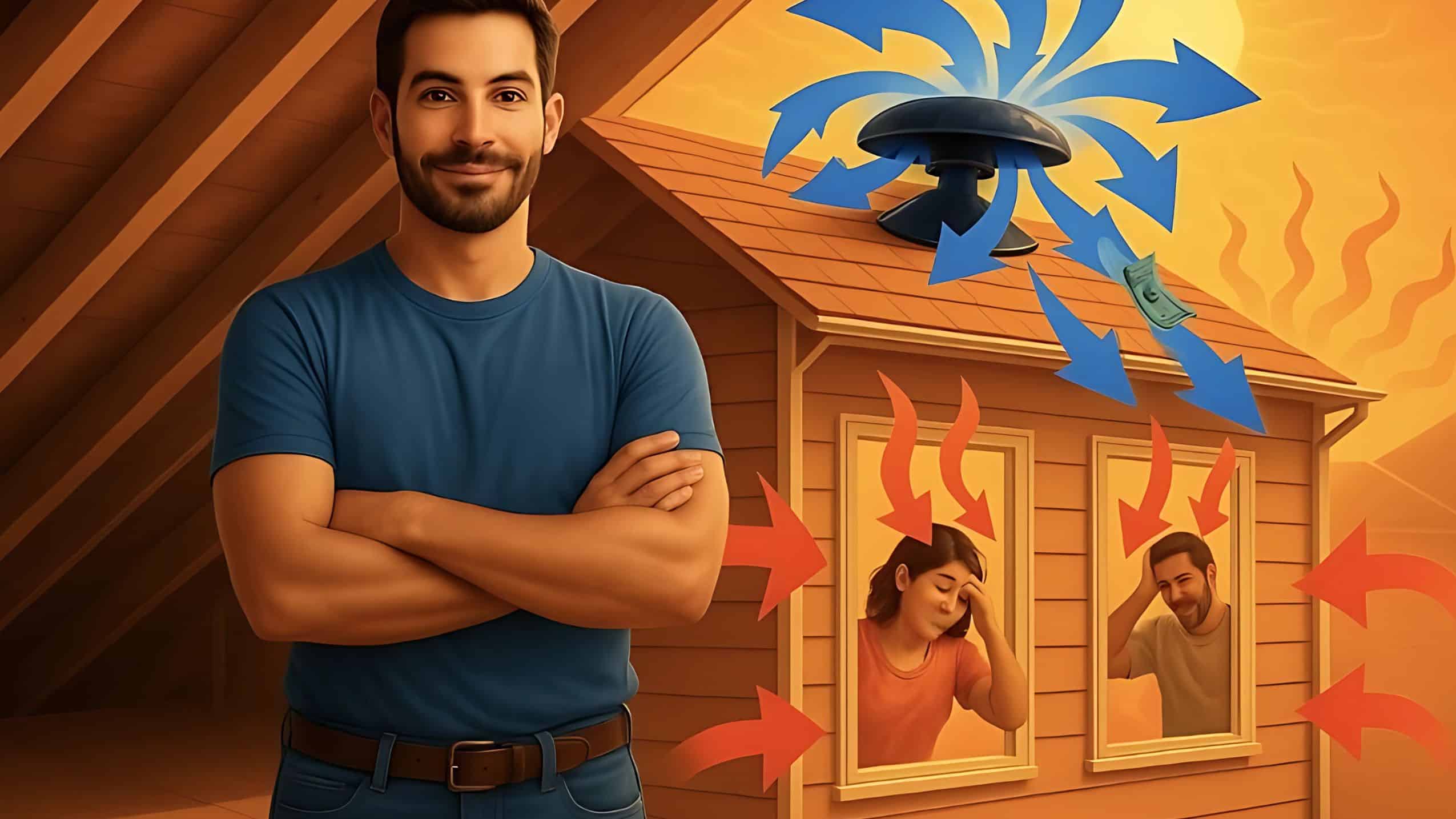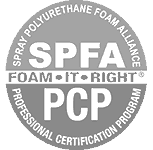Federal Incentives To Build Energy Efficiency Homes
Most government energy efficiency incentives are targeted at improving existing homes rather than new construction, as this is where the most opportunity to decrease energy consumption and lower monthly utility costs is created. However, there is one that is becoming increasingly popular.
The 45L tax credit is specifically for new construction. It is up to $2,500 for single-family and multifamily homes meeting ENERGY STAR https://www.energystar.gov/about/federal-tax-credits/ss-45l-tax-credits-home-builders requirements and up to $5,000 for homes that achieve DOE Zero Energy Ready Home certification.
Contractor Incentivised, Homebuyer Benefitted
Although the 45L tax credit is not available to owners of single-family residences built to these increased energy efficiency standards, the owner benefits many times over, year after year, due to substantially lower utility bills and noticeably more comfortable environments. And what is the price of comfort and sustainability?
Because of these benefits to the purchasing homebuyers of these homes, builders benefit from enhanced marketability and brand reputation as leaders in sustainable building practices—differentiation from competitors in the local market.
Finally, making a full circle back to the advantages of the owner of a Zero Energy Ready or Energy Star home is an increase in resale value, with studies showing a price premium for energy-efficient rated homes.
Seven Ways Builders Can Benefit From Energy Star Certification
The best feature of this benefit is that other than the most common 1040 and 1099, Tax Form 8908 may actually be the simplest form to fill out in IRS history.
No Subfloor Means More Need For Closed Cell Insulation
Insulating raised crawlspace floors with polyurethane closed-cell foam has become a well-known industry best practice for many. The three most commonly discussed reasons for installing closed-cell spray foam are its high insulation value, excellent air sealing abilities, and low permeability to enhance moisture control.
The Closed Cell R-Value
Closed-cell spray foam provides excellent insulation, with an R-value of approximately R-6.5 to R-7 per inch, the highest R-value per inch of insulation material. More than managing moisture intrusion (vapor diffusion) and moderating floor temperatures during summertime, closed-cell foam also significantly impacts interior comfort and energy costs during winter. These energy savings may be even more significant during our few detested cold snaps than throughout the rest of the year.
Limiting Moisture Through Diffusion Retarders
One of the most remarkable features of applying closed-cell spray foam under flooring is its performance as an effective Class II vapor diffuser retarder. This helps prevent moisture intrusion from increased vapor pressure typical in damp crawlspace conditions. Alongside limiting moisture entry through its air-sealing qualities, the closed-cell’s ability to decelerate the inward flow of moisture results in a dryer and a cooler home in the summertime and warmer and more comfortable flooring during the winter.
Older electrically-heated raised homes, versus their natural gas-heated counterparts with no sub-floor layer, repeatedly see maximum gains in comfort with the most significant reduction in energy costs during the winter heating months.
Homes With No Subfloor Benefit Most From Adding An Air Barrier
One of the many key advantages of closed-cell spray foam is its ability to create an airtight seal. Air infiltration is less of a concern for most raised homes with a subfloor assembly than for homes built before the 1930s when subfloor construction was not a commonly enforced practice in residential buildings.
As many existing homes from this earlier era still do not have a subfloor under-layer, an air barrier is of even greater importance than vapor diffusion as it prevents unconditioned humid air from entering the home through air infiltration. Air infiltration in our Climate Zone 2 brings much moisture-laden content from the crawlspace into the home, creating a higher latent load without a subfloor versus a home with a subfloor. This increased moisture increases the energy requirement of the cooling system. Limiting air infiltration, in turn, decreases moisture intrusion, resulting in lower energy demand on the AC unit, a lower utility bill, and improved indoor comfort.
Our typical historic, charming raised homes without a constructed subfloor are the prime candidates for closed-cell foam, which commonly results in the most consequential energy savings. These savings are even more noticeable in electric-heated homes.
No One Product Is The 100% Fix All
As with nearly all homes and buildings, this Lake View home benefited most from several energy efficiency upgrades. Many home and business owners are trying to lower their bills, improve their castle’s comfort, and fix an indoor air quality concern by purchasing a single product.
Often, this single product is a new air conditioning system or perhaps installing a single insulation, like blowing cellulose on the attic floor or investing more to foam the roofline. Personal experience reveals that three-quarters of individuals who contact an insulation contractor to address a concern already know what they want. And it’s a single product nearly every time. But almost all homes and commercial buildings benefit most from multiple remedies to cure a problem rather than a single product to treat a symptom.
A “one product fits all concerns” may be a 911 go-to solution for many, especially throughout the seasonal extremes. Unfortunately, many contractors notoriously thrive on this practice, taking advantage of an immediate need with a half-butt treatment. Most likely, it comes at a high cost, with a relatively minor return on investment, and will require additional improvements to result in actual long-term performance. Most candidates looking for significant improvement in energy efficiency, indoor air quality, and comfort usually benefit most from a multi-tier of smaller measures approach rather than one big “fix” as an insulation or AC salesman will lead us to believe.
Here is an excellent example of a home that received tender love’n care from several angles. First, air and duct sealing was partially subsidized by the New Orleans Energy Smart Program. Second, installing a Phase Change Material (PCM), which was best suited for heat reduction for this particular shape and size of attic space, resulted in significant savings. Air-tightening and super-insulating the crawlspace rigid ductwork provided long-term (outliving several AC system replacements) and sustainable energy savings in addition to the life of the home.
Sometimes It’s the Small Improvements In Life That Make A Difference
One of the little repairs in life that can significantly contribute to comfort is cutting out overly excessive bathroom exhaust flexible ducts and dryer vent piping. The more ducting a mechanical fan needs to overcome – especially of a flexible nature than the rigid type – the more static pressure or resistance to airflow there is. Less airflow means a lack of performance, which may lead to unnecessary discomfort and higher bills. Cut and straighten all excessive ducting, and the airflow increases. Do this: your bathroom will defog faster, clothes will dry more thoroughly, and you will save money.
Your Home Deserves The Correct Solutions
Radiant Barrier?
No, it’s not a radiant barrier. This shiny attic layering looks like the video’s standard silver foil install. Although the primary feature of a radiant barrier – to reflect infrared heat – is observed in this Phase Change Material (PCM), it is not the significant purpose for this application. In fact, as a general rule of thumb, we do not hold radiant barriers in such high regard, especially when not installed per manufacturer specs, as most are not. But that is a building science critique for another day.
The list of usefulness of this material is rapidly expanding. This particular PCM name brand, EnigMAT, has demonstrated its various benefits for numerous applications, ranging from commercial office drop-down ceilings and climate-controlled storage units to an economical replacement for spray foam insulation, a significant enhancement for energy-efficient roofing assemblies, and moderating the costly impacts of using electricity during peak demand times of the day.
Better Than An Insulation
Amazingly, Phase Change Materials are not insulation products and provide no insulating characteristics. Therefore, they do not have and cannot be assigned an R-value. PCMs are often mistakingly called insulation because they’re certainly doing something to lower energy costs. In fact, its performance can significantly exceed that of insulation in the apple-to-apple application. However, one of the many purposes of the product is to enhance the effectiveness of existing insulation, such as when blanketing over fiberglass on top of a ceiling floor. In conversations with industry experts, it has been described as an insulation enhancer on steroids.
Fiberglass: No Hate Speech Here
We have no quarrels with fiberglass insulation. All insulation types have their place in life. Yes, we know it is fiberglass, and many consider it the lost stepchild product compared to all other insulation alternatives. However, we love all of our energy efficiency families of products. As we continuously beat the poor dead horse to death with “it’s all about proper application and quality of installation,” we also stick up for our fiberglass friends. All insulation needs to be loved. All insulations can and do have an impact on our planet. All insulations should have the same opportunity to shine and serve to their fullest potential in our beautiful country.
R-Value Exists Only With Proper Application
Fiberglass should be installed according to instructions specified by NAIMA (North American Insulation Manufacturers Association), one of the most credibly recognized authorities on insulation. More specifically, fiberglass insulation should be installed to RESNET I or II, representing only minor to moderate defects with installation.
InsulationInstitute – Insulation Installation Guide
Unfortunately, due to the prominent blow-and-go mentality, most fiberglass jobs are installed well below Grade III, probably more on the lines of V or X if there was such a thing. As one may assume, an installation Grade of I or II is not commonly observed, and more so the case for fiberglass than any other insulation type. This substandard installation grade is where fiberglass gets the most significant amount of its lousy wrap and for valid reasons. Drive by any building under construction where fiberglass insulation is still observable in open wall cavities, and the likelihood is that it is a moderately poor install at best.
Mother-In-Law Got It Going On
This Old Metairie backyard mother-in-law suite received an excellent quality installation. It meets the building code at an economical price point. Due to a correct installation, it provides the intended ASTM C518 tested R-value. Well, for the most part, it achieves its stated R-value. In the case of this specific house, the economic value of fiberglass and the licensed mechanical contractor’s opinions were the primary objectives when the owner chose fiberglass batting in the walls and attic.
Diversified Energy adheres to the highest expectations and Industry Best Practices regardless of the insulation. As easy as it is to blow and go with fiberglass batting, its insulation performance is achieved only through a more time-consuming methodical installation approach. Regardless of the insulation product, the R-value means something only if installed correctly and in the proper application.
The Paper Does Not Face Inward
To confirm, the kraft paper doesn’t face inward in warmer climate zones 1 through 4.
The Most Under-Valued Component Of The HVAC System
Ductwork in the crawlspace deserves so much more attention than the typical contractor in theHVAC industry gives it. In general, residential HVAC industry sales’ goals are based on replacing old, dreary-looking heavy metal boxes with newly pristine, shiny, bigger, and even heavier boxes. This means that new AC condenser units and air handlers/furnaces are what homeowners have been trained to believe are the fix-all to energy efficiency, comfort, moisture concerns, and monthly bills.
The ductwork, the distribution system for the HAVC equipment, drives the system’s actual performance as a whole. The condition of the ducts and the quality of the installation essentially affect one’s energy bills, comfort, and indoor air quality, for good or bad.
Giving attention to ductwork, especially under the house, is, at best, usually the afterthought, and only if there’s money left in the budget to give it some attention. Also, ignoring the importance of tight and adequately insulated ductwork has been partly due to consumer-driven behavior. When considering AC and heating, the general population conforms to the replace-and-run approach, trusting that a quick HVAC replacement is much cheaper, easier, and quicker. It gets the job done just the same as when a true professional invests the time to do it right. Well, it is definitely cheaper and faster, no doubt.
Duct In The Crawlspace And Fiberglass Insulation
Fiberglass is not supposed to go outside. It’s really that simple. It never was. It isn’t now. But it’s what we had back when My Three Sons and Archie Bunker were the Hollywood hits. Back in “that” day, we didn’t know what we should know. Installing an interior building material – fiberglass – outside the home’s envelope in some of the worst conditions was what we did.
However, we now know better. It’s time to move forward using products in applications where they effectively and sustainably work. Under the right conditions, applying the proper closed-cell polyurethane foam to ductwork in the crawlspace tightly air-seals and super-insulates it. This long-term maintenance-free installation is what no other insulation method can accomplish.
Essential Links
Insulation Installation Guidance
Insulation Grading and Assessment
Essential Resources
Department of Energy Duct Leakage
Building Science Corporation – Insulation, Sheathing, and Vapor Retarders



















